
Hewlett Packard Enterprise and Juniper Networks strongly oppose Department of Justice’s decision to file suit to block acquisition
February 2, 2025
Broadcom Focuses on Value-Based Solution Providers to Improve Customer Experience, Drive Partner Growth
February 6, 2025How Maclaren Use Dell Technologies AI Factory in-session
AI is threaded through our whole team, but its insight is most valuable when cars are on track and time is tight
Formula 1 is a perfect fit for AI (Artificial Intelligence). Not
only is the sport an enthusiastic early adopter of new technology but it is
also heavily data-driven, and AI thrives on data: the more, the better.
Modern Formula F1 cars generate an immense amount of data—far
beyond what any human could fully process.
However, AI has the ability to swiftly analyze this information
in its entirety, offering a comprehensive view while leaving no detail overlooked.
Although the sport remains firmly rooted in human performance, tools like Dell
Technologies’ AI Factory allow us to equip our teams with deeper insights and
better preparation than ever before.
In collaboration with Dell Technologies, our Official Innovation Partner, we’re delving into how AI is transforming the way we handle and interpret data. This edition focuses on the critical role AI plays during a Grand Prix weekend.
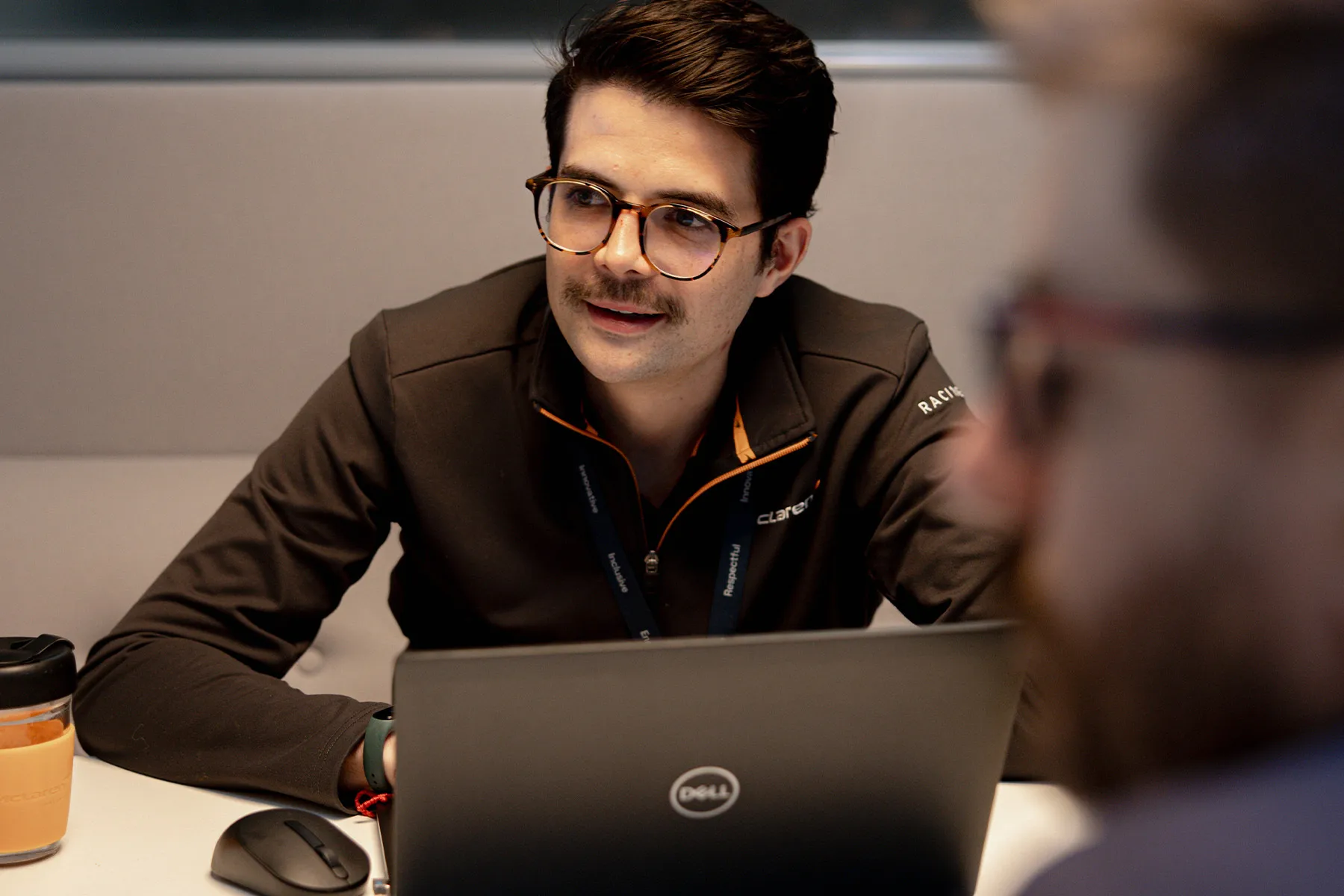
Formula F1 deeply values its history, yet this respect has never hindered the sport's ability to evolve at a remarkable pace. Change is constant, and those who adapt most effectively are the ones who thrive.
Since the 1980s, Formula 1 has become increasingly dependent on data. While the quantity and quality of data continue to grow, the time available for analysis has significantly decreased. Sessions today are 25% shorter than they were in 2020—and during the six Sprint weekends, this reduction is even more pronounced at 75%. Meanwhile, with 300 to 600 sensors fitted on an F1 car during Free Practice, the amount of data generated is unprecedented. This places a premium on both precise analysis and swift decision-making.
Thankfully, processing immense datasets in minimal time is where AI excels. Under these heightened time constraints, we’ve thrived, leveraging Dell Technologies’ AI Factory to maximize our efficiency and extract the full potential from our limited track time.
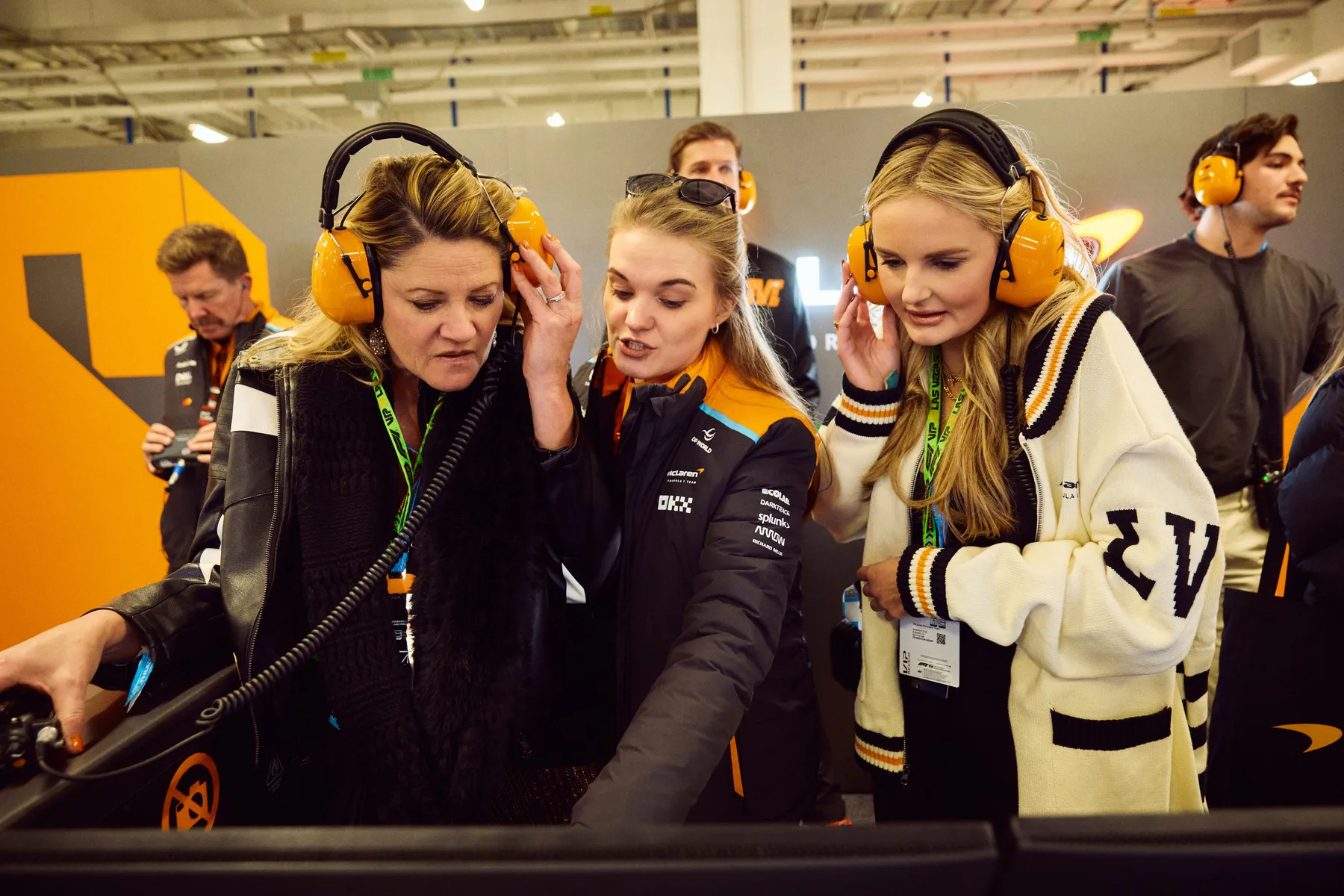
How do we use Dell Technologies’ AI Factory to help work out what to test in a practice session?
Friday’s car is very different to the one that qualifies and races on Saturday and Sunday. It carries cameras and more sensors, functioning as a test bed for detailed experiments with aerodynamic configurations, suspension settings, weight distribution and ride heights – but it takes valuable minutes to conduct physical setup changes and there are only so many tests the team can perform. AI helps decide which experiments matter most.
“Aero performance is a good example,” says Sam McNulty, Senior Associate Data Scientist and machine learning expert. “There’s a tonne of data being collected and it’s difficult to simply look at those telemetry streams and make judgements. Using our AI models and good visualisation tools, race engineering can see where our car is performing well, perhaps also see where competitors are doing better, and make changes to the set-up accordingly.”
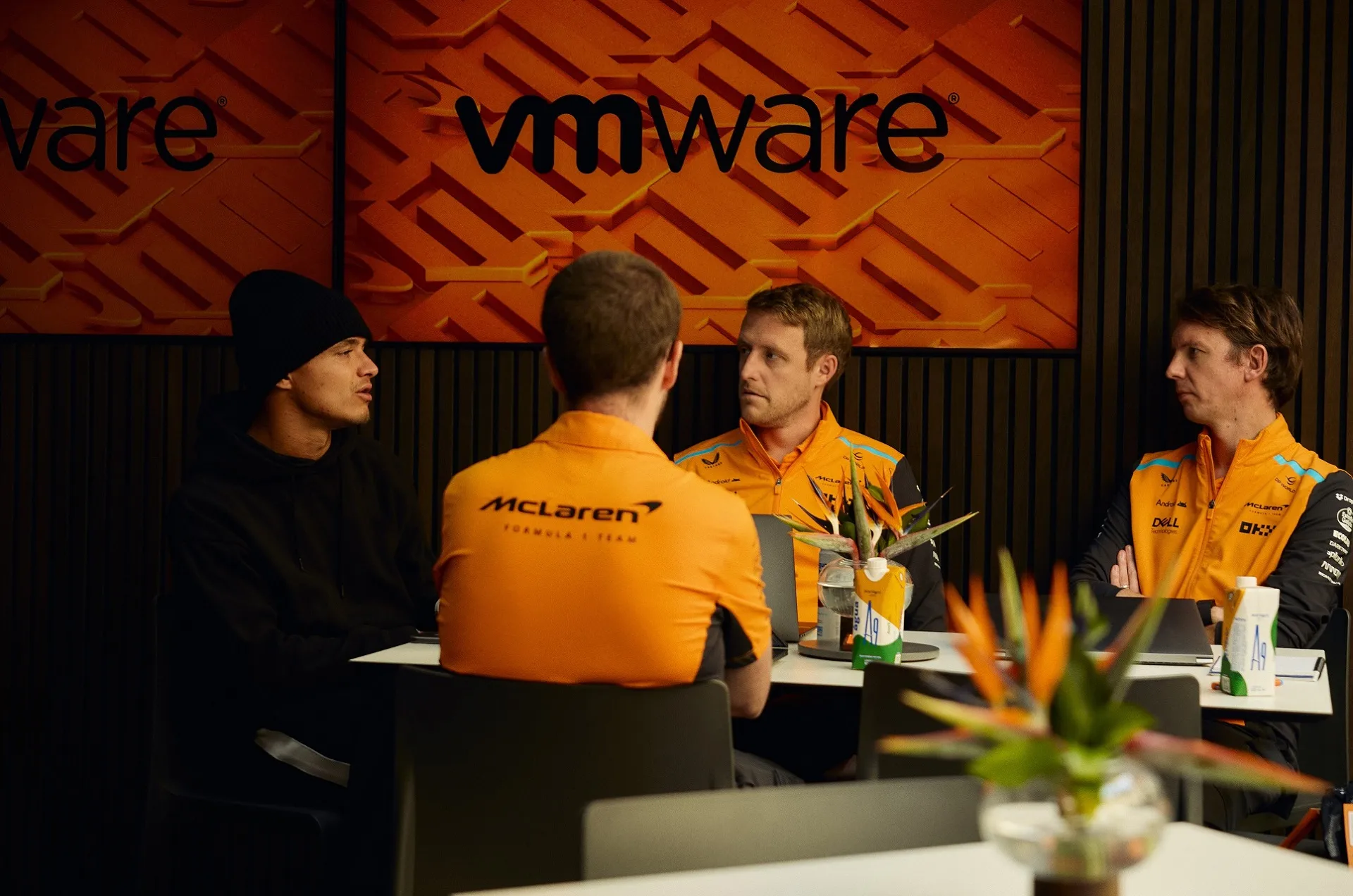
How do we use Dell Technologies’ AI Factory to identify opportunities to be quicker or more efficient during a weekend?
The number of variables at work during a Free Practice session make it very easy for a team to head down a blind-alley. It’s tough for race engineers to know, for example, if an improvement in lap time comes from the change they made in the garage, or from a slight switch in ambient conditions, or even from the driver simply being more confident and pushing harder. Given time, they can sift through the data and find answers – but in a time-poor environment, having AI filter the variables accelerates that sifting process.
“If you start going down the wrong path, there would often be no immediate way back,” says Head of Data Science Andrew McHutchon. “But the clues are there and the AI model will update: it can spot the connections humans haven’t seen.”
The modern race team is a distributed entity. While the trackside component is occupied in a far-flung location, the elements of the team back at the McLaren Technology Centre are contributing just as much. Throughout a race weekend, even after the trackside team have gone back to their hotels, testing will carry on in parallel at the factory, with one of our Test and Simulator Drivers trying out set-up options.
Our next-gen simulator is excellent, but nothing perfectly replicates real-life conditions. The effort to make it more closely matched to the real world is never-ending – and by using the Dell Technologies AI Factory, we get to improve the fidelity of the model in near-real time, matching the data being developed at the circuit, with the work being done in the sim.
“The question the team are faced with is how do you make sure the cutting-edge simulation we are running at the MTC matches what’s happening on track?” says Andrew. “We can do a lot of work to correlate between the track and the sim, but it must be synchronised really, really fast – and AI can be very good at matching the two data streams. By getting a good correlation using the AI tools, the team in the factory can simulate set-up changes, and understand what impact they will have, before passing recommendations on to the team at the track.”
How do we use Dell Technologies’ AI Factory to predict if we need to do another run in Qualifying?
Races can be tense – but the pressure really ramps up during Qualifying, which is split into three segments (Q1, Q2 and Q3). The primary target in the first two is to progress into the next – but the secondary goal for a front-running team is to do so using the minimum number of tyre sets, retaining new (faster) tyres to either maximise the chances of taking Pole in Q3, or widen strategy options in the race.
This adds an element of drama to Qualifying, with cars opting to stay in the garage during the final few minutes, hoping their lap times are good enough. This is judgement rather than guesswork. The team go into the session with a notional ‘safe’ time decided – but conditions change, grip levels advance, and, on occasion, other teams deliver surprising improvements.
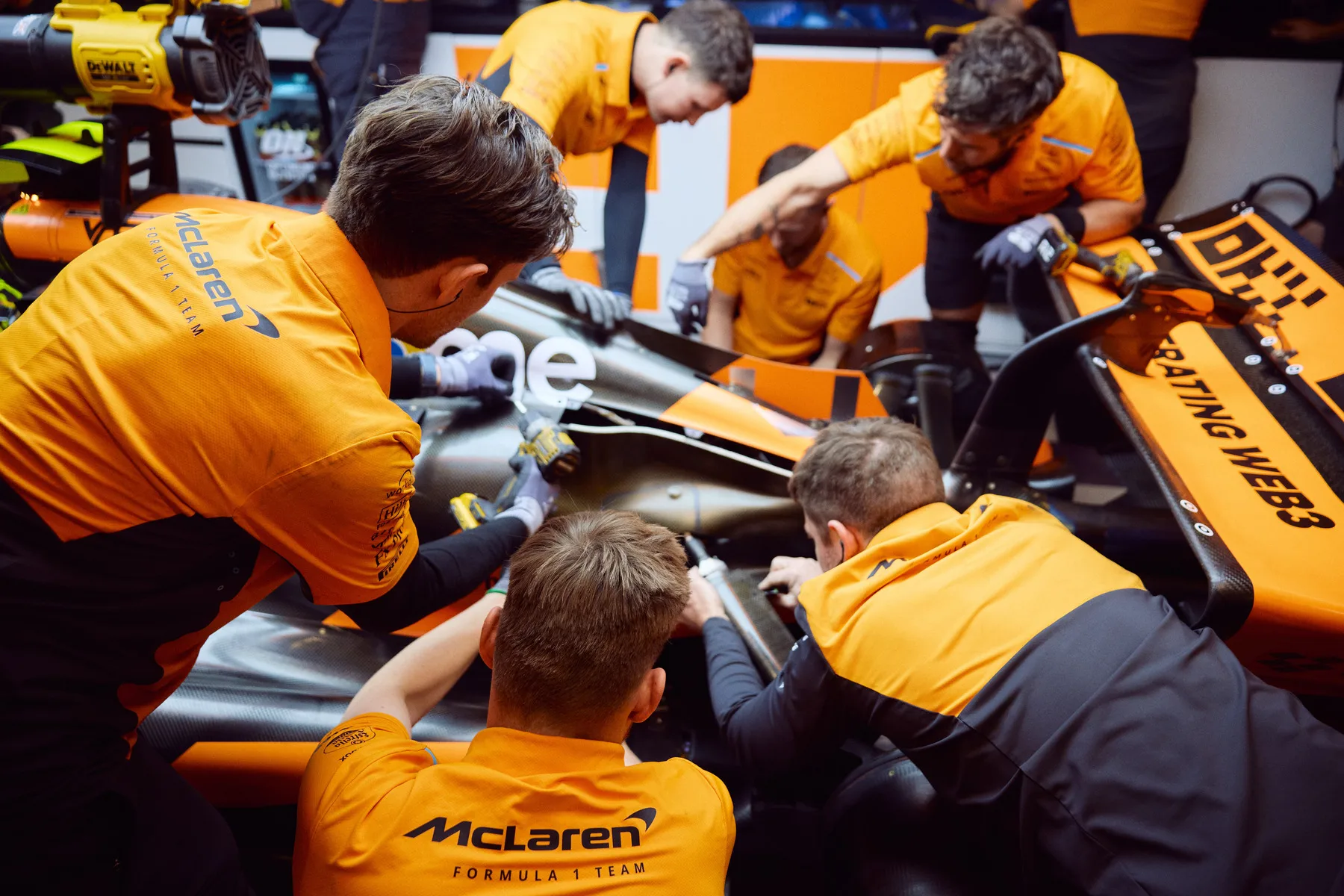
The ‘safe’ time becomes a rapidly evolving number. There’s too much data for humans to assimilate quickly, and with stay/go decisions often being required within seconds, strategists working alone would err on the side of caution, assuming a wider margin for error. Using the Dell Technologies’ AI Factory, the team can tighten their predictions. Several times this year, the set of tyres saved in Q1 or Q2 is the set that has earned us Pole position in Q3.
“It isn’t a decision you can leave for too long,” says Andrew. “The car has to fire up and leave the garage, potentially queue at the end of the pit lane, and then complete an out-lap before the Chequered Flag falls: you’re not going to know if you’re safe until it’s too late, so you have to make a prediction.
“We do this based on the timing data we’ve collected. That may include data from earlier in the session, previous races, previous years at this circuit – or even data for the first part of a lap currently being driven by a competitor. Using AI, we’ll be able to make an informed decision on whether we should stay or go.”
How do we use Dell Technologies’ AI Factory to make key decisions when the margins are so fine
There’s plenty of other AI tools that are useful in the fast-paced Qualifying session, from analysing the likelihood of the session being interrupted by flags, to aggregating weather forecasts. Weather is particularly interesting, given it has an often-decisive role, but forecasting remains something of a dark art.
F1 travels with its own radar and meteorologists and while the forecasting is excellent when weather fronts are moving at a stately pace across the plains, at some circuits – in the tropics where rainclouds form spontaneously, or in dense urban landscapes or mountainous terrain where its range is limited - more generic satellite data is useful too. This is perfect for AI, which can stitch together data from multiple sources to deliver a fresh overview in a timescale humans cannot match.
When it comes to making critical tyre choices in a changeable Qualifying session, the forecast from five minutes ago is old news – but the real-time updates from AI are exceptionally powerful.
It isn’t just about macro-level decisions, however. Where AI really excels is down at a granular level. Should the team really zoom in, the organising power of AI is able to supply performance analysis around a single corner, helping the driver – who may have only 40 seconds in the garage – to understand data that will allow him to find that last hundredth of a second.
Watch a Qualifying session and you’ll see our drivers studying touchscreens full of data from their cockpits, analysing where they can be better, from braking points, brake pressure, throttle pick-up, steering angles and so on.
You don’t need AI to supply that sort of information – but using AI ensures the best data gets into the drivers’ hands, freeing-up his performance engineer to concentrate on finding the next tenth.
As Official Technology Partner of the McLaren Group and McLaren Formula 1 Team, Dell Technologies brings its expertise as an innovation catalyst empowering McLaren to accelerate AI outcomes.
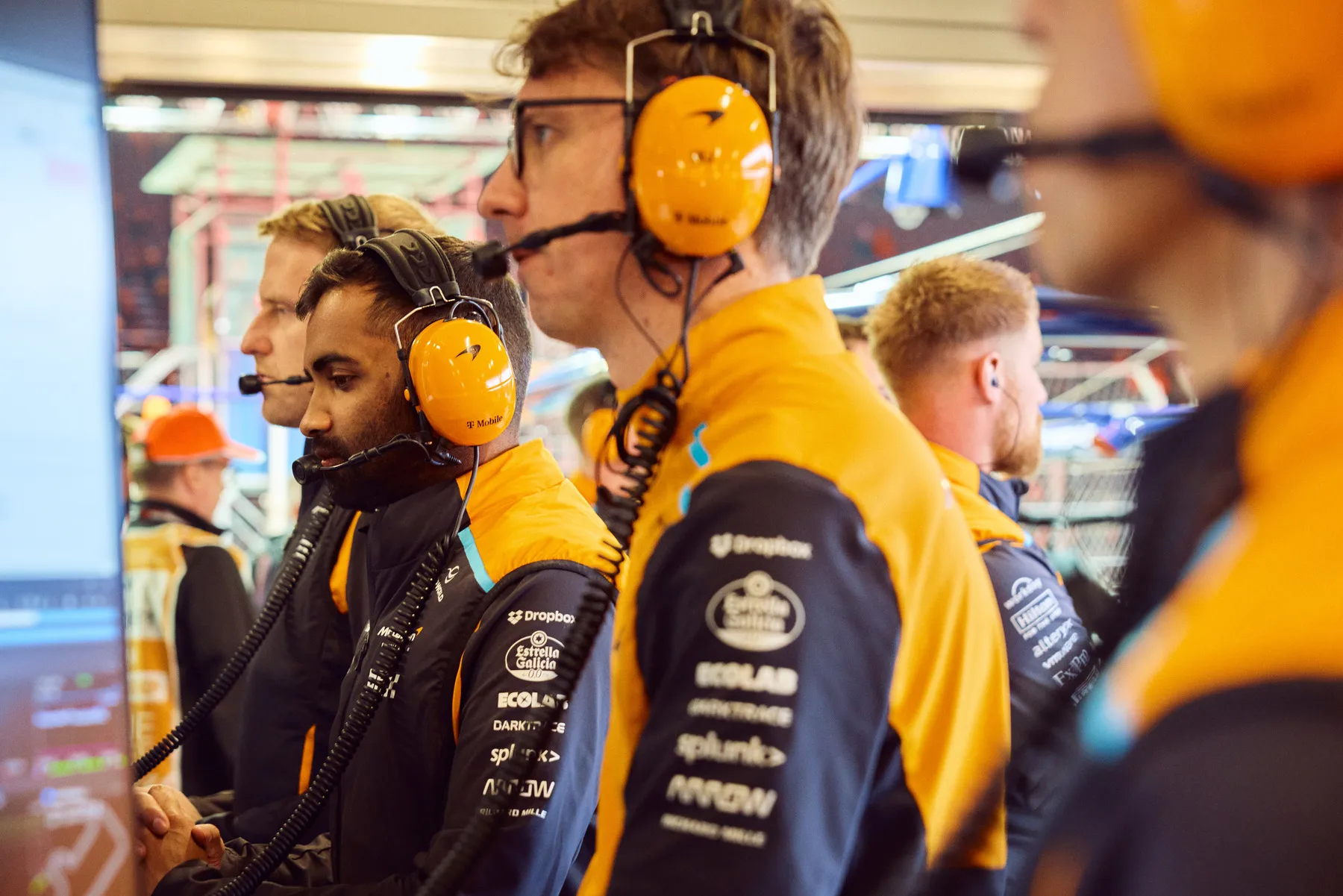
As Technovera Co., we officially partner with well-known vendors in the IT industry to provide solutions tailored to our customers’ needs. Technovera makes the purchase and guarantee of all these vendors, as well as the installation and configuration of the specified hardware and software.
We believe in providing technical IT solutions based on experience.